Legal Advice
For Life &
For Business
We are a leading full-service UK law firm, providing legal services to businesses, organisations, government departments, families and people throughout life and in business. But we offer so much more than that. Expertise, commerciality and relationships are at the very heart of what we do.
63
Areas Ranked In
The Legal 500
15
Specialist
Sectors
5*
Feefo Platinum
Trusted Service
11
Offices
Nationwide
30
Awards Won
(& Counting...)
Our Latest Awards
What Our Clients Say About Us
For Life
Whenever you require support and whatever issues need addressing, we can help. Our team comprises experts in a range of different specialisms involving legal advice and representation for individuals. Whether you need help with matters relating to family law, buying or selling property, personal tax planning, or wills and succession, rest assured that we have the necessary knowledge and skills to achieve a resolution that works for you.
For Business
Our business solicitors offer the experience and expertise your organisation needs to realise its ambitions and address legal challenges, from drafting employment contracts to settling commercial disputes. We offer practical, commercially-focused legal advice and representation to businesses of all types and sizes. Our team comprises experts in all aspects of business law. Whether you require specialist support in corporate law, litigation, or real estate and planning, we’re here to help.
Our Thoughts
All the latest thoughts and insights from our team
23 Apr
Firm News
Shakespeare Martineau Sets Sights On Southampton Expansion
22 Apr
Shakespeare Martineau
Shakespeare Martineau Announces Nine Promotions – April 2024 Edition
12 Apr
Education
HEIs telling it like it is – correcting false or misleading public statements
11 Apr





























